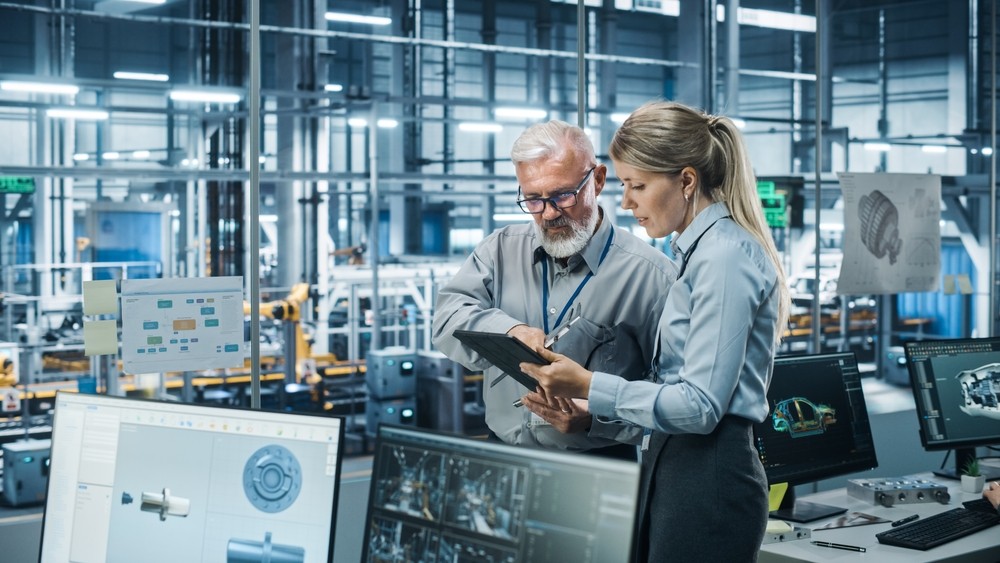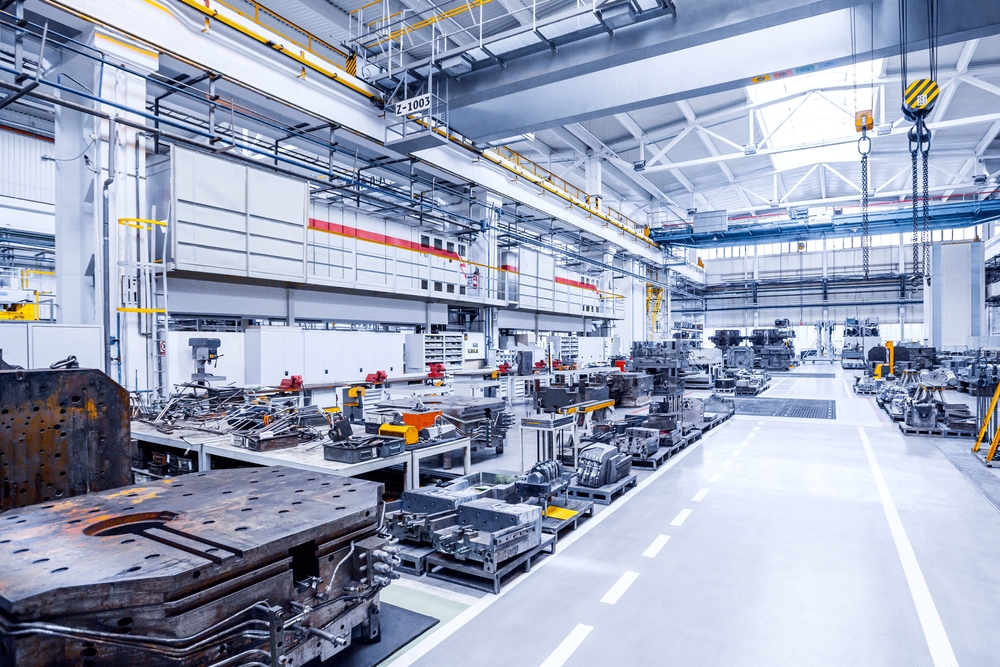What Is Estimated Replacement Value?

Manufacturing assets are fixed, appearing on the company’s balance sheet for years as they steadily depreciate based on age and output performance. Eventually, a question arises: Repair or replace? Typically, this question comes on the heels of a major malfunction or some other costly expenditure that’s big enough to prompt manufacturers to consider their options.
To answer this question in a fiscally responsible way, you need to look at the asset from a cost-benefit perspective. It starts by calculating the estimated replacement value.
What is estimated replacement value?
Estimated replacement value (ERV) — also called plant replacement value (PRV) — is the cost to replace an asset with one of the same or higher value at the present time. It’s a useful metric for determining how to manage fixed assets when the question comes down to repairing vs. replacing.
A practical example of ERV
Say, for example, you buy a computer numerical control (CNC) turning machine for $100,000. Two years later, the machine suffers a catastrophic power surge, effectively frying its circuitry. The cost to repair the damage is quoted at $50,000, and the net present value of the machine is only $80,000 due to depreciation. The cost to replace the CNC machine with a current model is $110,000.
In this example, the question boils down to repairing a used asset for $50,000 (on an $80,000 valuation) or replacing the unit at an ERV of $110,000. It’s a decision that’s also heavily influenced by insured asset value (IAV), operational demands, parts/labor availability, and more. Nevertheless, ERV gives manufacturers a clear look at the cost to fully replace an asset with a like-kind solution.

Using ERV to influence asset decision-making
Many manufacturers use ERV to benchmark maintenance and repair expenditure. As a rule of thumb, the total annual cost of maintenance should be around 2% to 3% of the ERV. When those costs climb higher, it’s a sign that the asset has begun to outlive its useful life, and that manufacturers might be better off replacing the equipment.
It’s important to understand that, like most metrics, percentage of ERV is only a benchmark for analysis. There are other factors to consider, including the variability of maintenance costs, which can complicate the insights provided by an ERV calculation. Nevertheless, ERV provides a good starting point for understanding exactly how much of an investment the current asset requires in contrast to a new one that should, in theory, have a lower cost of ownership in its earliest years.
ERV as a historical measure of value
ERV is best used to track asset maintenance costs over time — especially in contrast to depreciation rates. Manufacturers should expect to see rising maintenance costs as a rising percentage of ERV. The rate at which those costs rise can indicate how much viable life remains in an asset.
Even fully depreciated assets have value: ERV can show how much, based on the investment required to repair vs. replace an asset.
